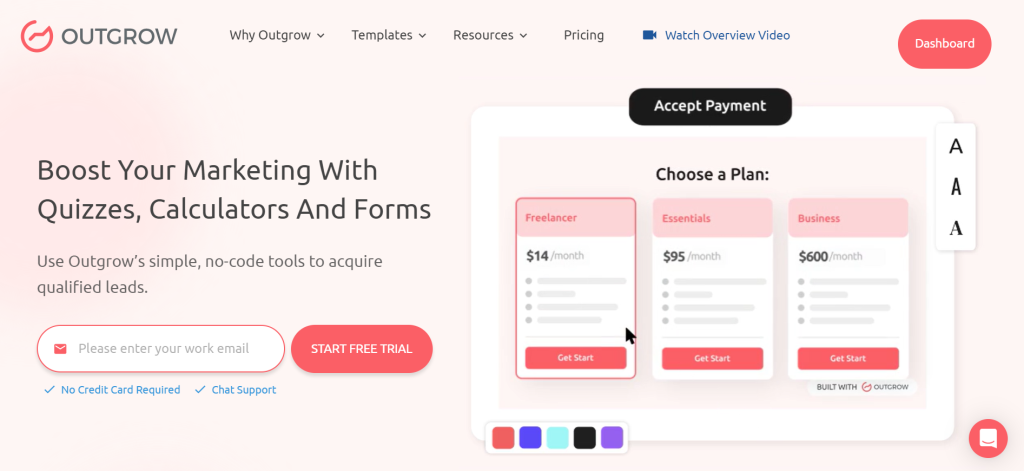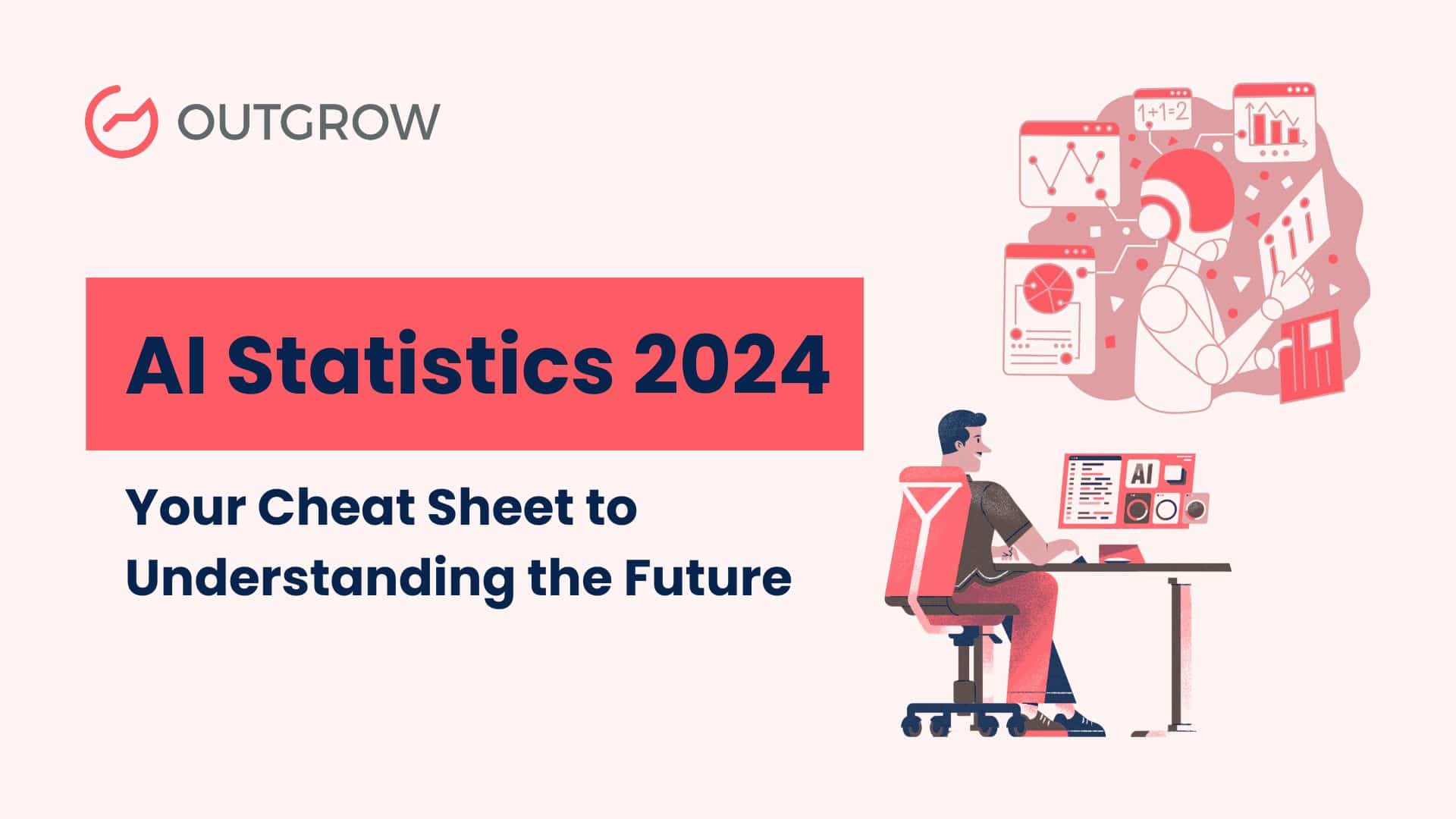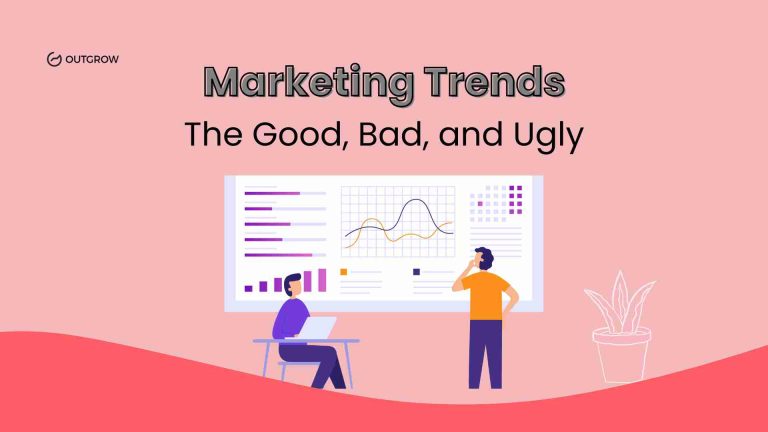AI Statistics 2024: Your Cheat Sheet to Understanding the Future
Table of Contents
Have you ever heard the phrase, “The only constant is change”? Well, if we are talking about AI statistics, this is as true as it gets! As we step into 2024, the world of AI is evolving at a pace that challenges our imagination. It’s not just about algorithms and lines of code; it’s about the transformation of industries and the reshaping of daily life.
This blog is your gateway to unraveling the latest benchmarks and groundbreaking statistics that define the current state of artificial intelligence. From the early stages of AI evolution to what it is now, let’s decode the numbers that shape the future of technology.
But before we dive into the numbers, let’s take on a fundamental question, shall we?
What Is Artificial Intelligence (AI)?
Artificial intelligence (AI) is a field of computer science that focuses on creating machines capable of performing tasks that typically require human intelligence, such as learning, reasoning, solving problems, and making decisions. It’s essentially about teaching computers to “think” and act like humans in certain ways.
Evolution of AI
AI has come a long way since its early days, evolving in both capabilities and applications. Here’s a glimpse into its journey:
The Early Days (1950s-1980s)
With limited capabilities, AI focused on symbolic reasoning, rule-based systems, and simple problem-solving with limited data and applications.
1951 marked a landmark moment in AI history with the birth of SNARC. Marvin Minsky and Dean Edmunds, using 3000 vacuum tubes, built the first artificial neural network, simulating a simple network of 40 neurons.
Herbert Simon and Allen Newell developed the first artificial intelligence software Logic Theorist in 1956.
In 1980, Japanese researchers took robotics and music to the next level with Wabot-2. It is a musician robot that can chat, read sheet music, and play tunes on an electronic organ.
The Rise of Machine Learning (1990s-2010s)
Algorithms like neural networks and deep learning emerged, enabling AI to learn from data and improve over time. Advancements in data storage and processing led to a massive increase in available data, fueling AI’s learning capabilities.
In 1996, a computer beat a human chess champion for the first time. Deep Blue, a supercomputer built by IBM, leveraged AI to achieve this feat.
In 2000, the future arrived with Honda’s ASIMO, a groundbreaking robot that could walk like a human and even serve drinks in restaurants.
In 2009, a team of scientists at Northwestern University made sports journalism history with Stats Monkey, a program that could write news stories without human help.
The Modern AI Revolution (2010s-Present)
Deep learning algorithms have become the dominant force, powering advancements in natural language understanding, and robotics. AI systems are becoming more autonomous, making their own decisions and adapting to changing situations. This includes advances in self-driving cars and personalized assistants.
Here are some of the biggest achievements of the modern AI:
Leveraging AI, Oxford University developed an AI algorithm, CurialAI in March 2020. It analyzed critical data such as blood samples and vital signs from 115,000 hospital emergency cases. It was able to identify COVID-19 patients with over 90% accuracy in under an hour, offering the potential for faster and more precise diagnoses.
The most used AI advancement of the century is Facial recognition. According to research conducted by Juniper, global spending on biometrically authenticated mobile payments is set to rocket from $332 billion in 2022 to a whopping $1.2 trillion by 2027. This shows the dependency on this specific AI feature.
With the fast-paced evolution of AI, businesses have a world of AI tools to choose from. They can use these tools to get ahead of the competition, such as with AI writing assistants. AI allows businesses to create customer-centric personalized experiences like product recommendations for better user experiences and customer loyalty. Businesses are increasingly turning to solutions like SolarWinds AIOps platform for proactive problem-solving in various technological environments.
Now that we have understood the past and the present of AI, let’s take a look at the top AI stats of 2024.
Top AI Statistics 2024
Financial AI Statistics 2024
1. The global AI adoption rate is currently at 35%, and as the popularity of AI continues to rise, experts project this number to increase in 2024.
2. From a $207.9 billion market in 2023 for AI, it’s projected to balloon to $1.8 trillion by 2030.
This rapid growth indicates a future where AI will deeply integrate into every aspect of our lives.
3. With reaching 100 million users in just a couple of months of launching, ChatGPT has officially the fastest-growing user-base title. Its valuation has also skyrocketed, currently being at $86 billion.
4. The Natural language processing (NPL) market is projected to rocket past $112 billion by 2030, transforming how we interact with technology.
5. The self-driving car market is projected to grow from 20.3 million in 2021 to 62.4 million by 2030.
6. The market for wearable AI gadgets such as smartwatches and smart glasses is at $20 billion in 2023 and is projected to reach $230 billion by 2033.
7. The number of AI assistants will surpass the number of people in the world by 2024 with the number being forecasted to be 8.4 billion.
Business AI Statistics 2024
1. The retail AI market is expected to surge by 30% annually from 2023 to 2032, bringing us hyper-personalized experiences, smarter recommendations, and more efficient operations.
2. 79% of corporations have reported AI to be crucial for their success in 2024 with 50% of them wanting to automate their business strategy tasks.
3. Nearly 100 million people are expected to work in the field of AI by 2025.
4. The global AI telecommunication market is skyrocketing, with a predicted CAGR of 28.2% from 2023 to 2030.
5. AI is present in some form in 77% of every device used globally.
6. The global evaluation of the entire AI industry is also expected to grow by 13 times in the next decade, making it the most sought-after industry in the world.
7. 25% of all startup funding in the US went to startups focusing on AI technology emphasizing the fact that AI is being considered as the future. Global investment in AI startups has also grown 6 times in the last 2 decades.
8. According to research conducted by PWC, AI is expected to boost employee productivity by 40% in the next decade.
Impact of AI on the World
Healthcare
The healthcare industry has the most pressing need for AI, with new advancements regularly achieved. AI algorithms now analyze medical images with superhuman precision, aiding in early disease detection and personalized treatment plans. Here are some AI statistics to show the impact of AI in the healthcare industry.
Thanks to a staggering 40.2% annual growth rate, the global AI healthcare market is projected to soar from $16.3 billion in 2022 to a massive $173.55 billion by 2029.
With the recent advancement in AI devices used in healthcare, more surgeons are now relying on them. Currently, over 500 AI devices are in use, with over 75% in radiology.
Also, thanks to their round-the-clock availability, generative AI virtual assistants and chatbots are fielding more and more requests. They are gradually becoming the go-to solution for instant support in the healthcare industry.
Manufacturing
Robots are now leveraging AI to increase productivity and efficiency. They are now replacing humans in repetitive tasks. Here are some AI statistics to showcase the impact of AI in the manufacturing industry.
The AI manufacturing industry is forecast to reach $68 billion by 2032.
A recent report by Deloitte stated that over 90% of companies in the manufacturing industry see AI as an integral part of their plans.
59% of manufacturing companies in India are making a move to start using AI in their manufacturing processes.
Finance
With the recent advancements in AI, people are now placing even greater trust in it to safeguard their finances and assist them in making better financial decisions. There are many AI tools available such as Datarails, Domo, Booke, etc., that can help you in your financial journey. Here are some AI statistics to highlight the impact of AI in the finance industry.
More than 30% of financial institutions harnessed AI’s power in 2023, creating personalized tools, streamlined processes, and cutting-edge solutions.
Over 37% of people who are looking for financial advice have interacted with an AI chatbot for the same.
By 2030, projections suggest that AI will increase profits by 20% in the banking industry.
The banking industry is projected to save $447 billion with AI’s assistance by the end of 2023.
Marketing
AI-driven analytics and personalized targeting strategies are transforming modern marketing. From chatbots providing instant customer support to predictive analytics optimizing ad placements, AI is reshaping marketing strategies. This includes enhancing customer engagement and driving more effective, targeted campaigns to generate leads.
With 61.4% of marketers using AI across their activities, including content creation (44.4%), it’s clear that AI is no longer a fad, but a powerful tool reshaping the marketing landscape.
Over 88% of marketers want to increase the use of AI in automating their tasks such as email marketing and scheduling social media posts. This proves that using AI is certainly necessary in the field of marketing to engage your customers and remain competitive.
Talking about engaging your customers – Interactive content is the way to go.
With the help of no-code tools such as Outgrow, you can create interactive content such as quizzes, polls, calculators, etc., within a few clicks.

And with features such as an AI content generator, Outgrow lets you implement your creativity without any effort. Just answer a few quick questions about your industry, target audience, etc., and voila! Your interactive content is ready to go!
And the best part is that Outgrow is offering a 7-day free trial that doesn’t require credit information!
Well, so far we have learned all the advantages that AI has brought along with it. But, like with everything else, there are some cons too. Let’s take a look at some of the risks associated with the overuse of AI.
Risks with Over-using AI
Just like with anything else in this world, overuse of AI will definitely come with some risks. Here are some AI statistics that show the risks of AI overuse.
1. Most marketers think that inaccuracy is the biggest risk with AI as it is based on the data submitted and can provide false information.
2. Only 32% of businesses have plans to combat potential inaccuracies in AI, leaving a massive 68% unprepared for potential pitfalls.
3. One-third of organizations that create AI-generated content are already deploying tools to minimize potential harms, showing the value of taking a proactive approach.
4. In the US, most people believe that AI will be used to impersonate them, potentially leading to a breach of confidential information. According to a recent survey by McAfee, AI tools can match the voice of a victim up to 85% in an imposter scam.
Case Studies of AI in Action: Driving Results across Industries
Here are three compelling case studies showcasing how businesses leverage AI to achieve remarkable results:
1. Netflix: Personalized recommendations, maximized engagement (80% increased watch time)
Netflix revolutionized streaming with its AI-driven recommendation engine. This system analyzes user viewing history, preferences, and real-time data to suggest personalized content they’ll love. The result? Viewers spend more time glued to their screens, fueling Netflix’s success.
Before AI, Netflix users invested less time watching recommendations. That number jumped to 80% with AI-powered personalization, significantly boosting engagement and viewer satisfaction. This has made a huge impact on their customer acquisition cost. Since the inception of this feature in 2016, they started saving $1 billion per year!
2. Unilever: AI-powered innovation, accelerated product development (faster time to market)
Unilever harnessed AI to analyze vast datasets of ingredients, consumer preferences, and market trends. This allowed them to predict successful product formulas, identify promising new markets, and streamline development processes.
Unilever created a cleaning formula with the help of AI that can increase the cleaning capabilities of the detergent by 50% and requires fewer ingredients.
Thus, Unilever was able to slash its product development time 5 times faster than expected after leveraging AI.
3. Siemens: Predictive maintenance, maximized uptime (40% reduction in machine downtime)
A leading engineering company, Siemens equipped its equipment with sensors and deployed AI algorithms to analyze data and predict potential failures. This proactive approach allows them to schedule maintenance before breakdowns occur, minimizing downtime and maximizing operational efficiency.
Because of this, they were able to reduce machine downtime by 40% using AI-powered predictive maintenance software.
Conclusion
So, as we welcome AI in 2024, let these AI statistics be more than just data points. By understanding the value these AI statistics provide, you can make this into your very own cheat sheet.
That’s all for now. We hope this blog will help you in embracing AI and the future that comes with it.
FAQs

Prajwal is a full-time content marketer at Outgrow. With strong expertise in thorough research, he loves to stay up-to-date with the latest marketing trends and technological developments. Outside of work, you’ll find him embracing the great outdoors; from grilling to thrilling physical activities, he’s always up for a good time.



![Cold Outreach- How to Do It Right? [Tips & Tricks]](https://outgrow.co/blog/wp-content/uploads/2022/03/cold-outreach.png)
